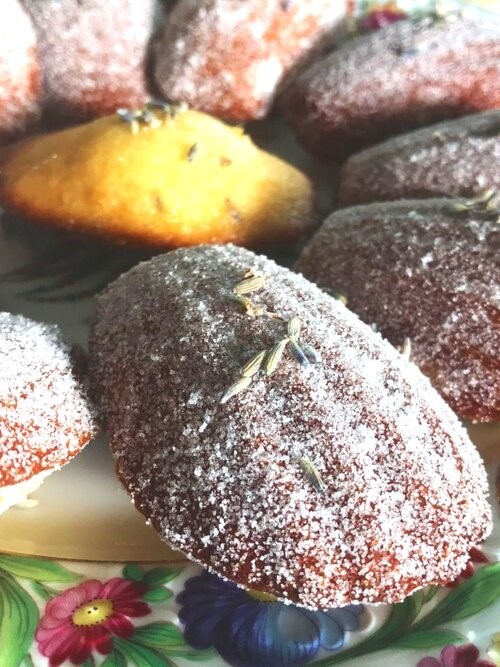I am reading about neurogastronomy, from the book Neurogastromony: How the Brain Creates Flavor and Why by Gordon Shepherd. Neurogastromy is a science I did not know existed until I began working on a capstone paper in food writing in literature. Of particular interest to me was the chapter on the famous madeleine passage in Swann’s Way and Shepherd’s easy-to-understand, yet scientific breakdown of what Proust was experiencing as he wrote about the memory of Combray. This is fascinating as the chapter breaks down section by section of Proust’s writings on how the tea and madeleine experience triggered a childhood memory. According to Shepherd, “The narrator’s mouthful of crumb-laden tea thus activates a range of receptors tuned to the different volatile components, leading to impulse discharges that carry the information to the brain” (Shepherd, 2013, p. 176). Shepherd goes on to state:
It is this flavor image that was recognized by Proust’s brain, at first only indistinctly, as being part of a more complex memory that initially seemed beyond recall. The flavor image of the tea-soaked madeleine is thus metonymic for the complex multisensory image of the town of Combray.
Shepherd’s analysis of the neurological process identifying this complex memory disputes the idea of instant, involuntary recall and states that “our cognitive mechanisms have a gestalt quality in which we perceive and recall things as integrated wholes” (Shepherd, 2013, p. 180).
While it is impossible to have the same olfactory experience when reading literature, it appears that reading about food can still create a type of visual food memory, rather than one based on taste or smell. The reader creates those flavor “images” based on their own memories, desires, and experiences when they read about food.
In another book on food and how we related to it, The Omniverous Mind: Our Evolving Relationship with Food, “Food memories are important not just because they concern sustenance but also because they have extensive connections to other memories of people, places, and things” (Allen, 2012, p. 152). I believe that the connections we make to food memories in literature, even without the sense of smell of a meal are important and use a similar process, which is why food in literature can be so haunting.

